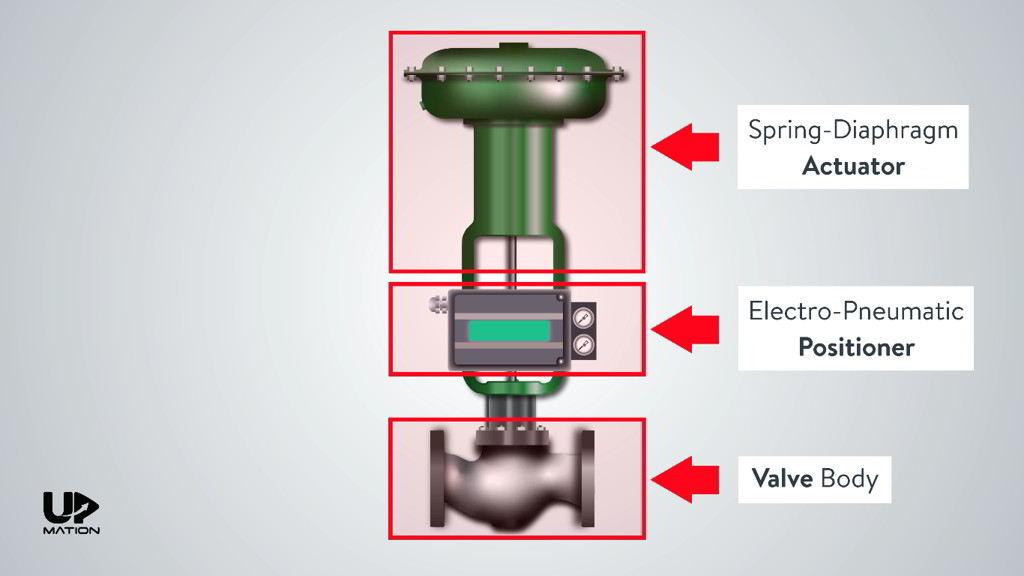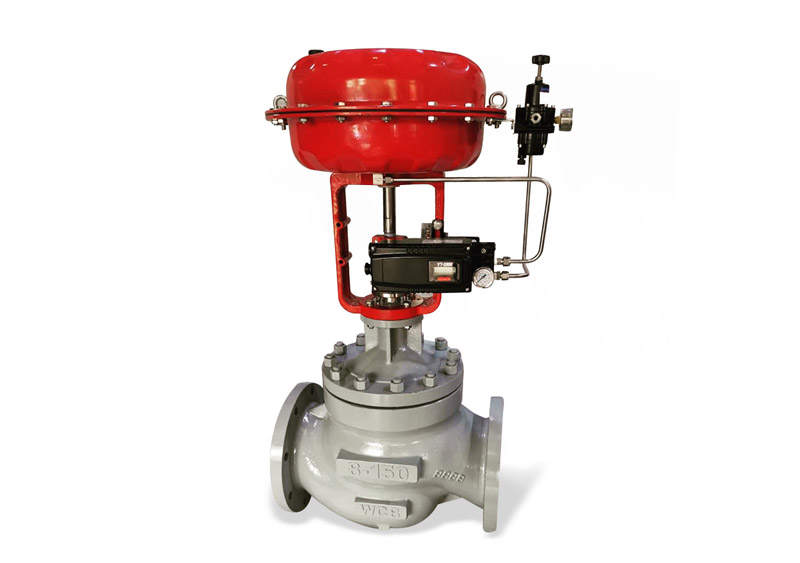Recognizing the Importance of Control Valves in Process Automation
Wiki Article
Achieve Seamless Assimilation and Control With Top Quality Building Automation Controls
In the realm of contemporary building management, the significance of quality structure automation controls can not be overemphasized. Embracing quality building automation controls is not merely an issue of ease yet a critical vital for organizations aiming to maximize their centers' performance and sustainability.
Advancement of Structure Automation Controls
Throughout the past few decades, the evolution of developing automation controls has actually significantly changed the way buildings are handled and run. Building automation systems largely focused on standard functions such as managing home heating, air flow, and air conditioning (COOLING AND HEATING) systems. Nonetheless, as innovation progressed, these controls have actually become extra sophisticated, permitting a bigger range of structure systems to be integrated and handled centrally.The development of developing automation controls has actually seen a change in the direction of more intelligent systems that can adapt to altering problems in real-time. This adaptability is important for optimizing power efficiency and making certain owner comfort. In addition, contemporary structure automation controls currently provide functions such as anticipating maintenance, remote tracking, and information analytics, enabling facility managers to make data-driven decisions to enhance structure efficiency.

Advantages of Quality Combination
The improvement in structure automation controls towards more smart systems has actually emphasized the significant benefits of high quality combination in maximizing building operations and improving total performance. This central control also supplies far better presence and understandings right into building performance, enabling proactive upkeep and optimization strategies. In general, the advantages of quality combination in structure automation controls are obvious, using increased performance, comfort, and functional performance.Enhanced User Experience and Availability
Enhancing customer communication with building automation controls through user-friendly layout and boosted access boosts the total experience for passengers and center managers alike. By concentrating on customer experience, constructing automation systems can end up being a lot more effective and easy to use. Instinctive interfaces, clear navigation, and personalized setups empower users to connect with the controls quickly and effectively.Accessibility attributes play a crucial role in guaranteeing that all people, consisting of those with specials needs, can make use of the structure automation regulates effortlessly. Incorporating attributes such as voice commands, responsive buttons, and color-contrasted display screens can boost availability and make the controls much more inclusive.
In addition, enhanced user experience leads to greater individual complete satisfaction, increased performance, and much better decision-making. Residents can change environmental settings according to their preferences, while facility supervisors can efficiently check and handle structure systems - reference control valves. On the whole, prioritizing user experience and accessibility in structure automation regulates adds to a more smooth and productive structure setting for all stakeholders involved
Lasting Practices Through Automation

Furthermore, automation can promote the assimilation of renewable resource sources such as solar panels or wind generators right into structure operations. By instantly adjusting power usage based upon the schedule of eco-friendly energy, structures can even more reduce their dependence on non-renewable resources. This smooth integration of lasting methods not only profits the environment but also enhances the overall operational efficiency and cost-effectiveness of the building. With automation, structures can line up with modern-day sustainability goals and add to a greener future.
Future Trends in Building Control Systems
In anticipation of advancing innovations and evolving sustainability practices, the trajectory of building control systems is poised to accept cutting-edge solutions and transformative methods. One prominent trend shaping the future of structure control systems is look at this now the increased integration of Expert system (AI) and maker understanding. These modern technologies make it possible for read here buildings to adapt in real-time to transforming problems, enhancing energy intake and improving comfort for occupants. Additionally, the Net of Points (IoT) is changing structure control systems by attaching sensors and devices to streamline procedures and enhance effectiveness.
Another crucial fad is the emphasis on cybersecurity measures to protect versus prospective hazards to constructing automation systems. As structures come to be a lot more interconnected, ensuring robust cybersecurity methods will be vital to safeguard sensitive information and prevent unauthorized accessibility.
Furthermore, the shift in the direction of cloud-based platforms is acquiring energy, permitting for centralized control and remote access to structure systems. This facilitates simpler tracking, upkeep, and updates, boosting the overall efficiency and adaptability of building control systems. As innovation proceeds to breakthrough, these trends are expected to form the future landscape of structure automation controls, driving development and sustainability in the developed setting.
Conclusion
Future patterns in building control systems are most likely to concentrate on further enhancing automation capabilities for boosted energy effectiveness and general performance. It is essential for structure owners and drivers to focus on the adoption of top quality structure automation manages to enhance structure procedures and achieve lasting sustainability objectives.In the realm of modern-day building monitoring, the relevance of high quality building automation controls can not be overstated. Generally, the evolution of structure automation manages proceeds to drive advancement in the building administration industry, using new opportunities for creating smarter and a lot more lasting buildings.
The advancement in building automation regulates towards even more smart systems has emphasized the significant advantages of quality assimilation in optimizing building procedures and enhancing general performance. Generally, focusing on individual experience and access in building automation regulates contributes to a much more efficient and smooth structure setting for all stakeholders entailed.
It is essential for building proprietors and drivers to focus on the fostering of high quality structure automation regulates to optimize building operations and accomplish lasting sustainability objectives. - control valves
Report this wiki page